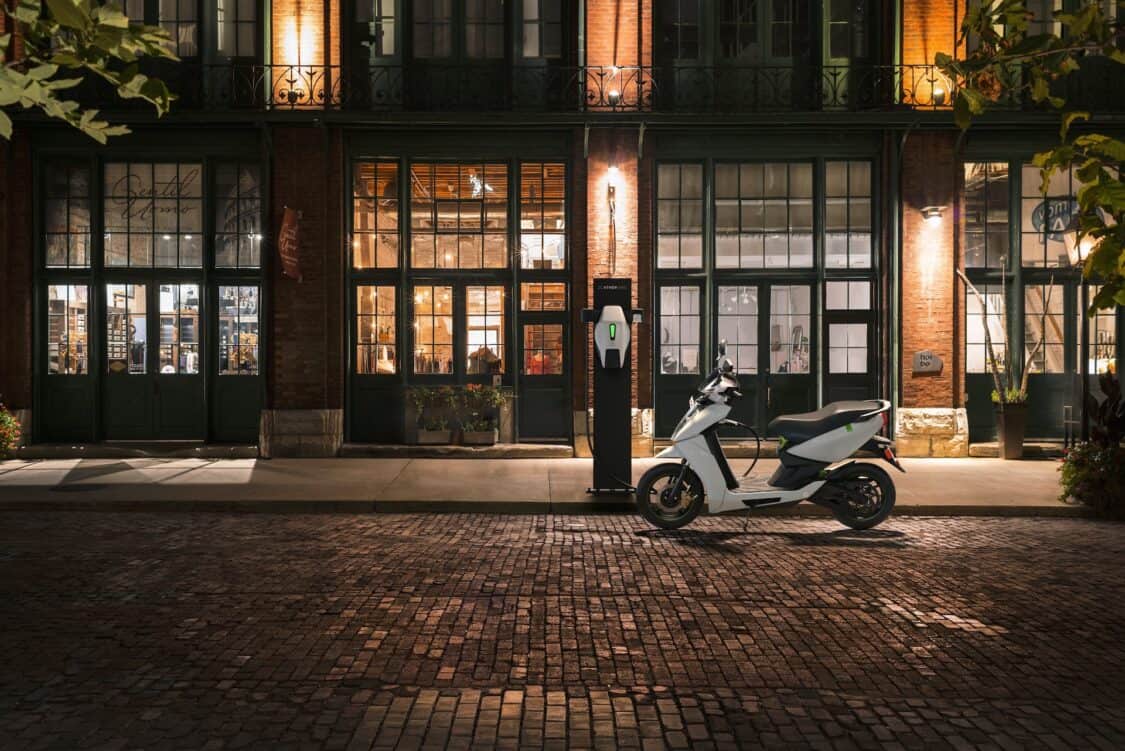- Increased demand for electric motorcycles is driving some significant growth in the market, according to a study from Technavio.
- Intelligent infrastructure and IoT implementation can help make charging an easier process for riders.
- Concerns about high costs may be a hindrance for some people.
The electric motorcycle market is gearing up for an exhilarating ride, with market research company Technavio projecting a substantial growth of $109.78 billion from 2022 to 2027. This surge, progressing at an impressive compound annual growth rate (CAGR) of 24.05%, is driven by multiple factors within that market segment.
Switching Gears: Increasing Demand and Government Incentives

The exponential rise in demand for electric motorcycles is a key accelerator for market growth. Consumers are increasingly realizing the environmental impact of traditional vehicles and are shifting toward more eco-friendly alternatives. Electric motorcycles, with their rechargeable batteries that can be juiced up from a simple wall outlet, offer lower operating costs compared to their gas-powered counterparts.
Moreover, government incentives and subsidies, much like those seen in India, are making electric motorcycles more affordable for the average citizen, driving even broader adoption.
Riding the Green Wave: Environmental Advantages
The environmental advantages of electric motorcycles are a powerful driving force behind their increased demand. Unlike conventional motorbikes, electric motorcycles don’t need oil or petroleum-based lubricants, eliminating the risk of oil spills that pose severe threats to the environment.
By embracing electric mobility, individuals are making a positive impact on air quality and reducing their carbon footprint. The green wave is surging, and electric motorcycles are at the forefront of this transformative movement.
Connecting the Dots: IoT and Smart Infrastructure

In the world of electric motorcycle charging stations, the emerging trend of utilizing the Internet of Things (IoT) and smart infrastructure is revolutionizing the way these vehicles are powered up. This intelligent integration allows for real-time monitoring and data collection, enabling optimal utilization of charging station infrastructure and mitigating overloads and power outages. Riders can also benefit from sensors that inform them about available charging slots, saving valuable time.
Plus, IoT-powered infrastructure enhances security measures and facilitates dynamic load management to protect motorcycle batteries from overheating damage. This technological leap is driving the growth of the electric motorcycle market, one charge at a time.
Navigating the Challenges: High Costs and Maintenance
While the electric motorcycle market is on an upward trajectory, it still faces some roadblocks. The high cost of electric motorcycles restricts their accessibility for many potential buyers. The intricacies of electric bike technology, such as lithium-ion batteries and complex electronics, contribute to the higher manufacturing costs.
In addition, concerns over maintenance costs and specialized skills required for servicing electric motorcycles can deter some consumers. These challenges need to be addressed to accelerate the market’s growth and make electric motorcycles more affordable and user-friendly for all riders.
Future Outlook: Accelerating Ahead

Overall, the electric motorcycle market is positioned for a bright future. With the market segmented by battery type, technology, and geography, there is a diverse range of options available to cater to various preferences and needs.
ADVERTISEMENT

SOURCE | FEATURE IMAGE: TECHNAVIO | HARLEY DAVIDSON
FTC: We use income-earning auto affiliate links. Learn more.











